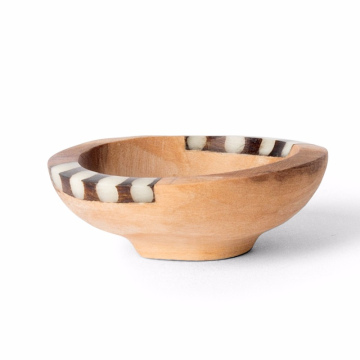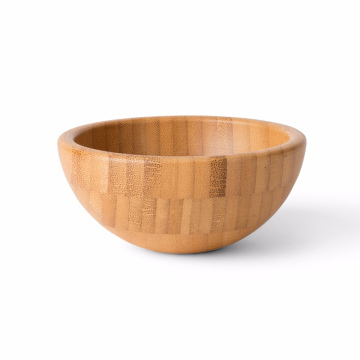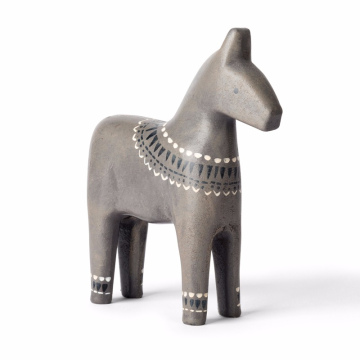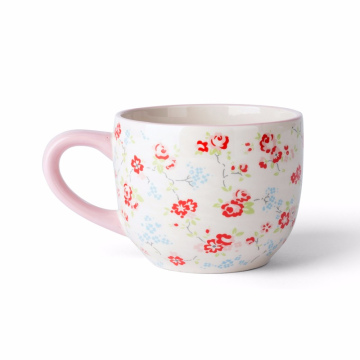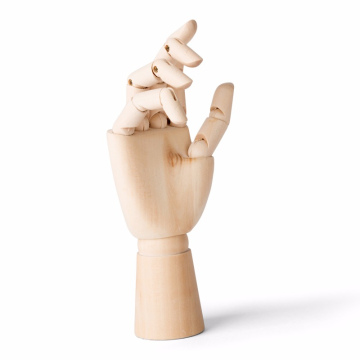Introduction to Donburi
Donburi, a cherished staple in Japanese cuisine, represents a harmonious blend of history, culture, and flavor. Originating from traditional dining practices, donburi refers to a bowl of steamed rice topped with a variety of ingredients, creating a meal that is nourishing and satisfying. Its inception can be traced back to the Edo period when the concept of serving food in a bowl gained popularity among the rising merchant class. As a result, donburi emerged as an accessible yet flavorful dish, embodying not only convenience but also creativity in its presentation.
The significance of donburi extends beyond mere sustenance; it showcases the diversity and richness of Japanese culinary arts. Each donburi is a personal expression of regional flavors, seasonal ingredients, and cooking techniques. This versatility has propelled the dish into various forms, enabling chefs and home cooks alike to innovate while preserving the essence of this time-honored meal. Today, donburi can be found in myriad variations, ranging from the richly flavored gyudon (beef donburi) to the delicate sashimi donburi, demonstrating its adaptability to different tastes and preferences.
At its core, a donburi consists of three essential components: rice, toppings, and sauce. The rice is typically short-grain Japanese rice, known for its sticky texture and ability to hold flavors. The toppings can vary widely, encompassing proteins like chicken, seafood, or vegetables, often cooked in flavorful broths or glazes to enhance their taste. Completing this delightful dish, sauces play a pivotal role in imparting depth and umami, transforming a simple bowl of rice into an extraordinary culinary experience. As we explore the various donburi varieties, it becomes clear that this beloved dish serves as a canvas for culinary creativity, marrying tradition with innovation.
One Bowl, Endless Flavors: Exploring Japan’s Donburi Culture
Explore the world of Donburi, a beloved staple of Japanese cuisine that combines rice, flavorful toppings, and savory sauces. Discover its rich history, cultural significance, and modern adaptations. Learn about popular varieties like gyudon, katsudon, and unadon, and find tips and recipes for making your own delicious donburi at home. Whether you're a seasoned chef or a curious beginner, this culinary journey will inspire you to embrace the versatility and creativity of this comforting dish.
One Bowl, Endless Flavors: Exploring Japan’s Donburi Culture
The Anatomy of Donburi: Understanding the Components
Donburi, a staple of Japanese gastronomy, is composed of several key components that come together to create a harmonious and satisfying meal. At its foundation, a donburi bowl features a generous serving of rice, which serves as the primary base. The type of rice used is typically short-grain Japanese rice, known for its stickiness and ability to hold together. This characteristic is essential as it allows the rice to act as a supportive canvas for the various toppings that will be added.
Within the bowl, the array of toppings is diverse, ranging from proteins to vegetables. Common proteins include fish, such as salmon or tuna, and meats like chicken or pork. Each of these components introduces its own unique flavor profile, while also contributing to the overall nutritional value of the meal. Vegetables, which can vary widely depending on the season and regional practices, are also essential to a balanced donburi, adding color and texture. Ingredients like scallions, shiitake mushrooms, and pickled daikon radish are frequently incorporated, reflecting the seasonal bounty and regional differences in Japan.
The artistry of donburi is not only in the selection of these ingredients but also in their preparation and presentation. Traditional seasonings, such as soy sauce, mirin, and dashi, are often used to enhance the flavors of the toppings. The balance of tastes—salty, sweet, and umami—is crucial to achieving a satisfying dish. Furthermore, the visual aspect of donburi is significant; a well-served bowl should be aesthetically pleasing, with a thoughtful arrangement of toppings over the rice. This careful presentation speaks to the Japanese philosophy of appreciating the beauty in food, which is as important as its flavor. The regional variations of donburi throughout Japan showcase how local ingredients and different culinary techniques have led to a rich tapestry of flavors and interpretations, making it a truly versatile dish that can cater to a wide range of palates.
Exploring Regional Variations of Donburi
Japan's rich culinary landscape is significantly influenced by its geography, and this diversity is distinctly illustrated in the many regional variations of donburi. Each area of Japan presents unique ingredients and flavor profiles, reflecting local agricultural practices and cultural traditions. For instance, Kansai, encompassing Kyoto and Osaka, is renowned for its gyu-don, or beef donburi. This dish typically features tender, marinated slices of beef served over rice, flavored with a delicate blend of soy sauce and mirin, highlighting the region's emphasis on umami flavors and simplicity.
Traveling eastward, one can find the specialty of Kanagawa, known as maguro-don, or tuna donburi. Ingredients are often chosen for their freshness, showcasing sashimi-grade tuna served over a bed of warm rice, often accompanied by wasabi and soy sauce for seasoning. This dish symbolizes the region's deep-rooted connection to the sea and fishing traditions. Hokkaido, the northernmost island, finds its culinary identity steeped in seafood. Here, seafood donburi features an assortment of fresh catches like salmon, crab, and sea urchin, beautifully arranged atop rice. This fresh and abundant seafood represents Hokkaido’s rich maritime culture and showcases the vibrant tastes of Japan’s northern waters.
Furthermore, in Okinawa, the donburi culture embraces its distinct heritage with dishes such as taco rice, which exhibits the influence of the U.S. military presence. This unique take features ground beef, taco spices, and a combination of traditional Japanese ingredients such as nori and pickled vegetables. The varied donburi across Japan, therefore, not only highlights the contrast in flavors and ingredients but also serves as a fascinating narrative of cultural significance, connecting local traditions, customs, and historical influences to the plate.
The Evolution of Donburi: From Traditional to Modern Takes
Donburi, a beloved Japanese rice bowl dish, has undergone significant transformations throughout its history. Traditionally, donburi has served as a convenient and hearty meal, characterized by a base of rice topped with various ingredients such as meats, vegetables, and sauces. The origins of donburi can be traced back to the Edo period, where simple ingredients were used to create a filling meal for workers and families. Classic variations, such as gyudon (beef donburi) and unadon (grilled eel donburi), highlight the regional flavors and traditional cooking methods of Japan.
As globalization has influenced culinary practices around the world, donburi has also adapted to include modern interpretations. Contemporary chefs experiment with fusion flavors, incorporating ingredients and techniques from various cuisines. This evolution has given rise to exciting new variations, such as Mexican-inspired donburi with spicy salsa or Mediterranean versions featuring olives and feta cheese. Such innovations illustrate donburi’s versatility, allowing it to appeal to diverse palates while retaining its core essence as a rice bowl meal.
Moreover, the popularity of donburi has led to its prominent presence in modern dining environments, including gourmet restaurants and food trucks. Chefs and food entrepreneurs have embraced the concept of donburi, creating elaborate dishes that reflect current culinary trends. This ensures that donburi remains relevant in today's fast-paced dining culture, often presented with vibrant colors and artistic flair. Additionally, health-conscious consumers are also drawn to donburi, as it can be customized to include a variety of fresh ingredients, making it a balanced meal choice.
In essence, donburi has transcended its traditional roots to become a dynamic dish that embraces both heritage and innovation. The seamless blending of classic and contemporary interpretations ensures this cherished rice bowl continues to evolve, remaining a staple in Japan’s culinary landscape and beyond.
Making Donburi at Home: Recipes and Tips
Creating donburi at home offers a fantastic opportunity to explore Japanese cuisine while catering to personal tastes. Donburi translates to "bowl" in Japanese, and it consists of rice topped with various ingredients. The beauty of donburi lies in its flexibility. From the classic gyudon (beef bowl) to the vegan-friendly tantanmen donburi, components can be altered to suit individual preferences. Below, we will explore some popular donburi recipes along with essential cooking techniques.
One well-loved recipe is the oyakodon, a comforting chicken and egg bowl. To prepare it, sauté diced chicken thighs in a pan with onions and season them with soy sauce, mirin, and sake. Once cooked, pour in beaten eggs and let them gently steam until fluffy. Serve this savory mix over a steaming bowl of rice. Another popular option is kaisendon, which incorporates fresh sashimi. Simply layer assorted sashimi, such as tuna, salmon, and squid, over a bowl of sushi rice, and drizzle with soy sauce or ponzu for a refreshing meal.
To ensure your donburi maintains its authenticity, sourcing ingredients is crucial. Look for high-quality, short-grain rice, which provides the sticky texture ideal for holding toppings. Visit local Asian grocery stores for specific items such as mirin or dashi, which enhance flavors significantly. Additionally, fresh produce and proteins can elevate your dish; thus, always opt for seasonal ingredients when possible.
Finally, customization is key to making donburi truly your own. Try swapping proteins based on dietary preferences, experimenting with different toppings, or even adding seasonal vegetables to diversify textures and colors in your bowl. Allowing your creativity to shine through will not only make the dish enjoyable for yourself but also impress those who share the table with you, creating a delightful culinary experience that embodies the essence of donburi culture.
